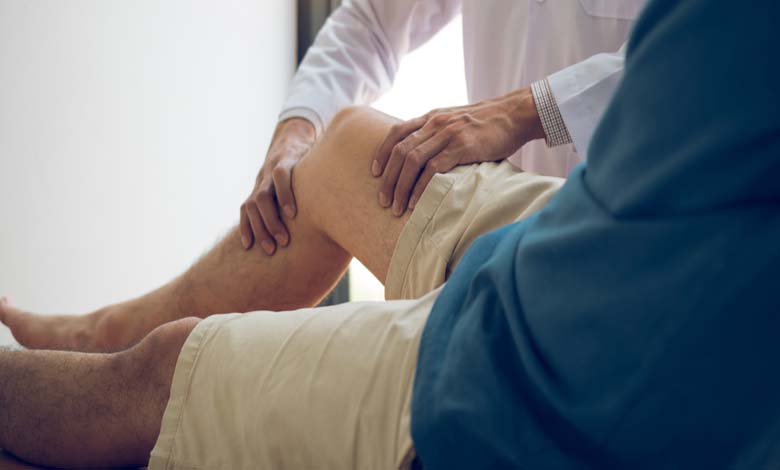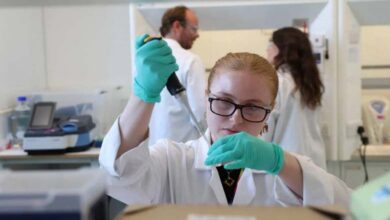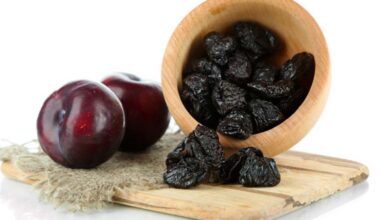Muscle Wasting in the Elderly: Causes and Contributing Factors and Treatment Options

As people age, their bodies undergo numerous physiological changes, one of the most concerning being muscle wasting – medically known as sarcopenia. This condition is not just a natural consequence of aging; it can severely impact mobility, balance, independence, and overall quality of life in older adults.
-
Causes of Knee Pain in the Elderly and Treatments
-
Warning Signs about the Health of Elderly Individuals
Primary Causes of Muscle Loss in Seniors
Muscle mass tends to decrease progressively after the age of 50 and more rapidly beyond 70. Several factors contribute to this decline. First, the aging process reduces the production of anabolic hormones like testosterone and growth hormone, both essential for maintaining muscle integrity. Second, physical inactivity – often prevalent in older individuals – accelerates this loss. Long periods of bed rest, hospitalizations, or simply a sedentary lifestyle can lead to rapid muscle atrophy.
Nutrition is another critical factor. Many seniors suffer from inadequate protein intake due to digestive issues, reduced appetite, or dietary restrictions. Chronic conditions such as diabetes, kidney disease, or systemic inflammation can also contribute to muscle loss. Additionally, certain medications – notably corticosteroids – may exacerbate the problem.
-
“Successful Aging”: How to Achieve It for the Elderly?
-
The Risks of Fluid Retention in the Elderly: Be Aware
Impact on Physical and Mental Health
Sarcopenia affects more than just physical strength. It compromises balance and stability, significantly increasing the risk of falls, fractures, and prolonged hospital stays. Affected individuals may experience fatigue, difficulty performing daily tasks like climbing stairs, cooking, or bathing. Psychologically, the resulting dependence often leads to depression, social isolation, and a diminished sense of self-worth.
Treatment and Prevention Strategies
The good news is that muscle wasting in the elderly can be slowed down – and in some cases reversed – with a well-structured approach. Physical exercise is the cornerstone of prevention and treatment. Regular strength training combined with balance and flexibility exercises helps rebuild muscle fibers and improve posture.
-
Causes of Bruising in Elderly People
-
How to Avoid Physical Stress during Fasting? Effective Tips for Healthy Fasting
Nutritionally, increasing protein intake (recommended at 1–1.2 g/kg/day) is essential. High-quality protein sources such as eggs, poultry, fish, and legumes should be prioritized. Supplementation with vitamin D, essential amino acids – especially leucine – may further support muscle synthesis. Where necessary, nutritional supplements can be prescribed under medical supervision.
A multidisciplinary approach involving physicians, physiotherapists, nutritionists, and geriatric specialists is vital for optimal care. Regular assessments, mobility evaluations, and individualized plans ensure that interventions are both effective and tailored to the patient’s specific needs.
In conclusion, sarcopenia is not an inevitable part of aging. With early awareness, proper lifestyle habits, and coordinated medical support, older adults can preserve their muscle mass, remain independent, and enjoy an active, fulfilling life.












